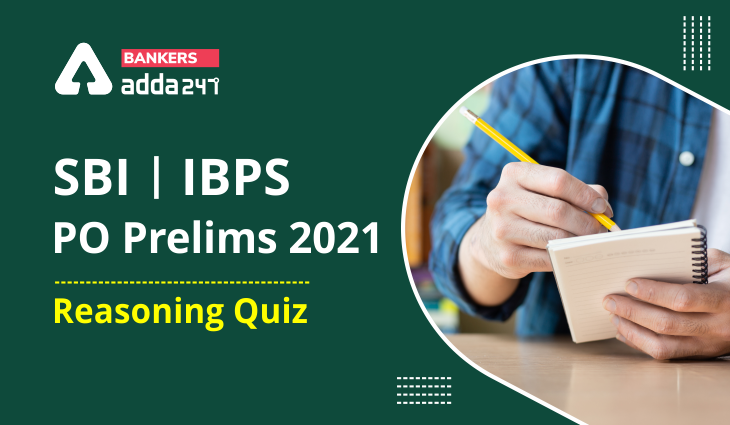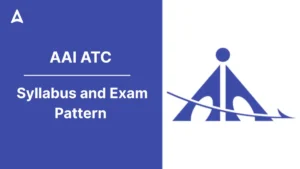Direction (1-5): Study the information carefully to answer the following questions.
There are 7 friends namely A, B, F, E, G, C, D who work in different company i.e. ADDA247, Career Power, PARAMOUNT, PRUDENCE, TIMES, MAHENDRA, TESTBOOK but not necessarily in the same order. Also, they have different phones i.e. One plus, SAMSUNG, HONOR, Vivo, OPPO, NOKIA, Apple but not necessarily in the same order. Neither D nor E works in MAHENDRA. D is not from ADDA247. The one who works in ADDA247 has SAMSUNG phone. F works in TIMES. A has Apple phone. C works in Career Power and has One plus. The one who has Oppo phone works in MAHENDRA. G does not have Vivo and Oppo phone. The one who has NOKIA phone neither work in TESTBOOK nor PRUDENCE. F does not have NOKIA. G works in PRUDENCE.
Q1. Who among the following works in Mahendra?
(a) F
(b) E
(c) B
(d) G
(e)none of these
Q2. Who among the following has Samsung as phone?
(a) F
(b) E
(c) B
(d) G
(e)none of these
Q3. Who among the following works in Paramount?
(a) F
(b) E
(c) B
(d) G
(e)none of these
Q4. Which of the following combination is true?
(a) G-One plus-PRUDENCE
(b) E-Apple-PARAMOUNT
(c) B-ADDA247-HONOR
(d) F-Vivo-TIMES
(e)none of these
Q5. Which of the following is not correct regarding D?
(a) he works in PARAMOUNT
(b) he has NOKIA phone
(c) he does not have HONOR as phone
(d) all (a), (b), (c) are correct
(e) none is correct
Directions (6-10): In each of the question, relationships between some elements are shown in the statements(s). These statements are followed by conclusions numbered I and II. Read the statements and give the answer.
(a) If only conclusion I follows.
(b) If only conclusion II follows.
(c) If either conclusion I or II follows.
(d) If neither conclusion I nor II follows.
(e) If both conclusions I and II follow.
Q6.
Statements: C < M >N = T, C ≤ V, M > R
Conclusions: I. N > R II. V > T
Q7.
Statements: D > F = G > H = I ≤ J
Conclusions: I. F > I II. J ≥ H
Q8.
Statements: Z < K < O > P, K< M
Conclusions: I. M > P II. O >Z
Q9.
Statements: C ≥ D< T = F ≥ G, C < W
Conclusions: I. T =G II. G< T
Q10.
Statements: R < T < S < P > Q, R> X
Conclusions: I. S < Q II. X < S
Directions (11-13): Study the following information carefully and answer the questions which follow–
‘P – Q’ means ‘P is father of Q’
‘P ÷ Q’ means ‘P is sister of Q’
‘P × Q’ means ‘P is mother of Q’
‘P + Q’ means ‘P is brother of Q’
Q11. Which of the following means ‘A is nephew of B’?
(a) A + C – B × K
(b) B ÷ H – A + D
(c) B ÷ G – A ÷ R
(d) B + T × A ÷ E
(e) None of these
Q12. Which of the following means ‘P is grandfather of J’?
(a) J ÷ W – U – P
(b) P × G + J ÷ A
(c) P – B ÷ J ÷ R
(d) P – T – J ÷ S
(e) None of these
Q13. How is R related to B in the expression ‘B ÷ C – S + R’?
(a) aunt
(b) niece
(c) nephew
(d) None of these
(e) Cannot be determined
Directions (14-15): Study the information carefully and answer the questions given below.
P is father of M who is brother in law of K. N is daughter in law of Z who is grandmother of L. P has only two children one son and one daughter. X is sister in law of N. P is father in law of N. K is unmarried.
Q14. If K is wife of J then what could be the relation of J with respect to N?
(a) Brother
(b) Brother in law
(c) Uncle
(d) Cannot be determined
(e) None of these.
Q15. What is relation of L with respect to X?
(a) Nephew
(b) Niece
(c) Son
(d) Daughter
(e) Cannot be determined
Solutions

Click Here to Register for Bank Exams 2021 Preparation Material





 GA Capsule for SBI Clerk Mains 2025, Dow...
GA Capsule for SBI Clerk Mains 2025, Dow...
 The Hindu Review October 2022: Download ...
The Hindu Review October 2022: Download ...
 AAI ATC Syllabus 2025 and Exam Pattern
AAI ATC Syllabus 2025 and Exam Pattern





